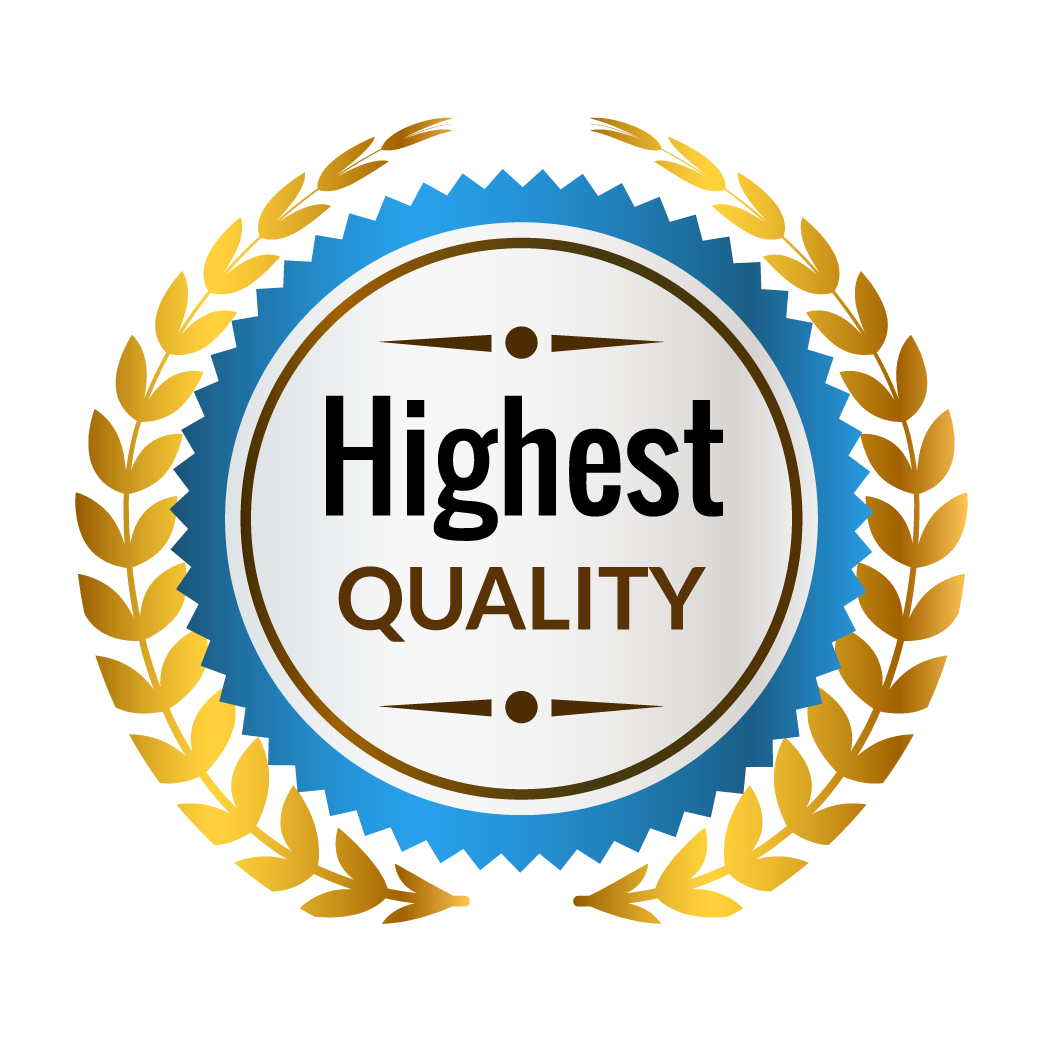Get More Leads, Results Guaranteed.
What Is Digital Marketing
Digital marketing is the promotion of products or brands using digital technologies, mainly on the internet, including mobile phones, display advertising, and any other digital medium.
As a subset of traditional marketing, digital marketing goes beyond the internet to include Short Message Service (SMS), search engine optimization (SEO), electronic or interactive billboards, and other online ads like rich media ad displays including video, animation, and graphics. It also includes web-based channels such as social media, blogs, and content sites.
Digital marketers monitor things like what search terms people use, where they are browsing on the web (from desktop computer browsers, smartphone and tablet devices), and how much time they spend looking at a particular site.
Digital marketing is also referred to as ‘online marketing, ‘internet marketing,’ or ‘web marketing.
The main goal of a digital marketing strategy is to attract customers by providing valuable, relevant, and consistent content. The details captured while executing a marketing campaign enable marketers to measure success and make necessary changes and improvements.
There are, of course, other types of digital marketing: desktop and mobile advertisements; SMS and email alerts; electronic billboards and signage on public transport; web-based email newsletters; social media ads on Facebook, Instagram, or Twitter; online rich media ads on YouTube or elsewhere; and so on.
While the internet is a rapidly growing medium, consumers’ internet use may be evolving faster than marketers can keep up with. As people spend more time away from desktops- laptops, tablets, and smartphones have become increasingly important as digital marketing distribution channels.
The growing appetite for digital media among consumers makes it a valuable channel for businesses to connect with their audiences. Marketers need to understand that digital marketing now involves much more than simply putting ad content online. Digital marketing now refers to the entire process by which consumers engage with, communicate about, and purchase products or services online.
Digital marketers use websites, social media, display advertising, mobile devices, and search engine optimization to engage their target audiences.
Google’s definition of digital marketing is simple: “any marketing that involves the Web, email, mobile or social media.” They define digital engagement as any exchange of information between a customer and your business using digital channels. This ranges from brand awareness to research to purchase behavior regarding how customers receive information about your company and its products.
The main goal is to capture people’s interest and attention. Some of the approaches below may be effective at doing that, but it’s worth testing different methods to find out what works best for you.
While there are several platforms for digital marketing, companies often use five types of digital marketing: search engine optimization (SEO), search engine marketing (SEM), content marketing, email marketing, and remarketing.
Search Engine Optimization (SEO) is the process of improving the visibility of a website or a web page in search engines via the “natural,” “organic,” or “earned” search results. In general, the earlier (or higher ranked on the search results page) and more frequently a website appears in the search results list, the more visitors it will receive from the search engine’s users; these visitors can then be converted into customers. SEO may target different kinds of search, including image search, local search, video search, academic search, and industry-specific vertical searching engines. SEO differs from local search engine optimization. The latter is focused on optimizing a business’ online presence so that its web pages will be displayed by search engines when a user enters a local search for its products or services. The former, instead, is more focused on national or international searches.
Search engine marketing (SEM) promotes websites by increasing their visibility in search engine results pages (SERPs). Search engines provide sponsored results and organic (non-sponsored) results based on a web searcher’s query.
Since the emergence of Paid search in the late 1990s, SEM has become an integral part of online marketing and advertising. To market online and offline products and services, businesses are now using SEM as part of their overall marketing strategy.
Content marketing is a technique that marketers use to generate traffic from the target consumers for a product, brand, or service based on relevant and valuable content. Content marketing can be viewed as a subset of digital marketing and generally refers to social media, email, or website publishing efforts.
Email marketing is the practice of nurturing leads and engaging customers across multiple touchpoints, such as social media, email, and their website. Like all of the digital tools marketers use today, email is a channel that’s constantly changing.
Remarketing, or retargeting, is a form of digital marketing in which advertisers use technology to gather data and segment audiences based on people’s actions when visiting a website. Then, thanks to the information marketers collect about visitors; they can present personalized, relevant ads to their target audiences.
In summary, to communicate an effective digital marketing strategy for your business, it’s essential to align all your online efforts to goals from the start. This will ensure that you can accurately measure and monitor your actions in the digital space and eventually see a return on your investment.
Lets Brainstorm Your Growth!
Feel free to give us a call, text, or email. We look forward to working with you!
- (321) 261-0881
- contact@cerebralanalytics.com

Ready to Get Results?



Copyright © 2023. All Rights Reserved.
